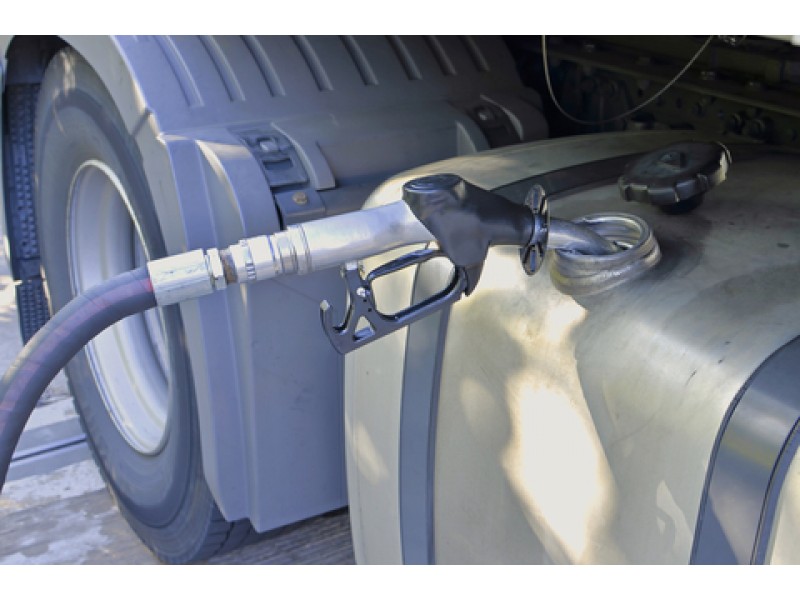What fuel economy (MPG) does a lorry get?
Whilst modern diesel cars can easily achieve upwards of 50mpg on the motorway, lorries (otherwise known as HGVs and artics) achieve nothing like that. In 2003, data from the Department for Transport showed that the average ‘miles per gallon’ of an artic weighing over 33t was 7.6mpg. In 2015, that fuel consumption figure jumped to 7.9mpg, an incremental increase of 0.3mpg. And, for those of you whose brain’s work in litres/100km, that means that a modern lorry consumes 29.774 litres of fuel per 100km. For those of you who are interested, you can read those published DFT statistics for yourself here.
With the above revelation that artics return such poor fuel economy, you might be wondering why that is the case when even the most polluting cars on the market achieve better fuel economy. Well, there are two main reasons for this:
1. Lorries have a lot of weight to pull
6-axle lorries can weigh up to 44-tonnes, while more common 2-axle trucks (with 3-axles on the trailer) can weight up to 40-tonnes. Compare that to a modern diesel saloon such as the BMW 320d, which has a gross weight of 2.105-tonnes, and you can see why some truck engines, such as those from Scania, have a capacity of up to 14.0-litres with massive power - so that they can pull the weight they are laden with, irrespective of efficiency.
2. There’s no pressure on the industry to make lorries more efficient
Another thing to bear in mind is that while car manufacturers are under enormous pressure from the EU to make their engines more efficient, truck manufacturers are not. Hence, most car manufacturers have ditched large, naturally aspirated engines in favour of small, turbo petrol engines (an example being Ford with the 1.0 EcoBoost, although some manufacturers have not followed suit, an example being Mazda with their 2.0 SKYACTIV engine).
Compared to the pressure that car manufacturers are under to improve efficiency and reduce emissions, truck manufacturers are under very little.
That could soon change though, because in the United States, the Environmental Protection Agency (EPA) and the National Highway Traffic Safety Administration (NHTSA) set out new regulations in 2016 to reduce truck emissions and fuel use. Those regulations require manufacturers to reduce emissions by 25 per cent in their new trucks. Similar proposals could be made for the UK, and the EU, in due course to reduce emissions. Currently, emission standards for trucks in the EU are defined by engine energy output and g/kWh.

 Up to 85% off RRP
Up to 85% off RRP
 24-48 hrs Delivery
24-48 hrs Delivery
 International
Delivery
International
Delivery